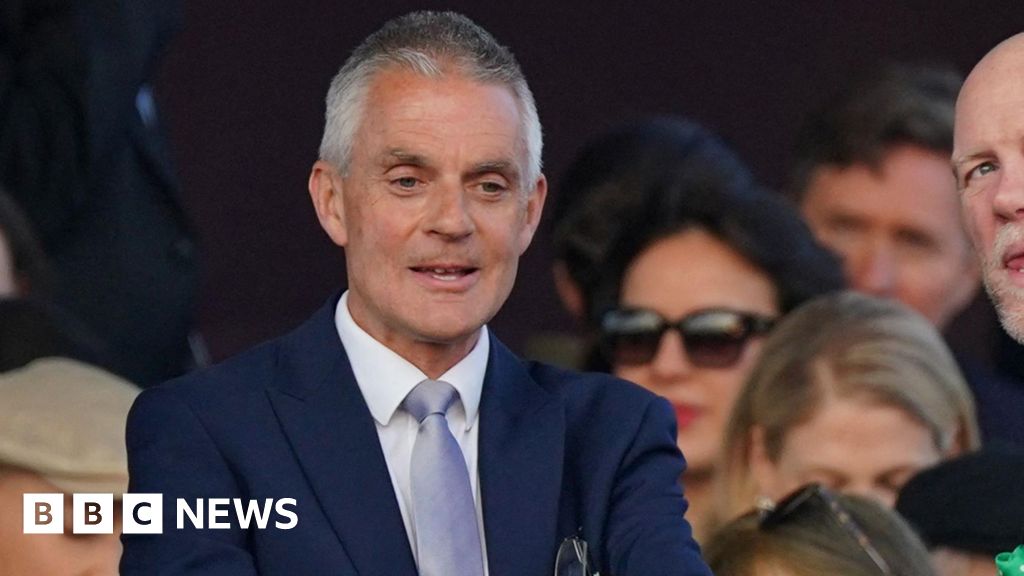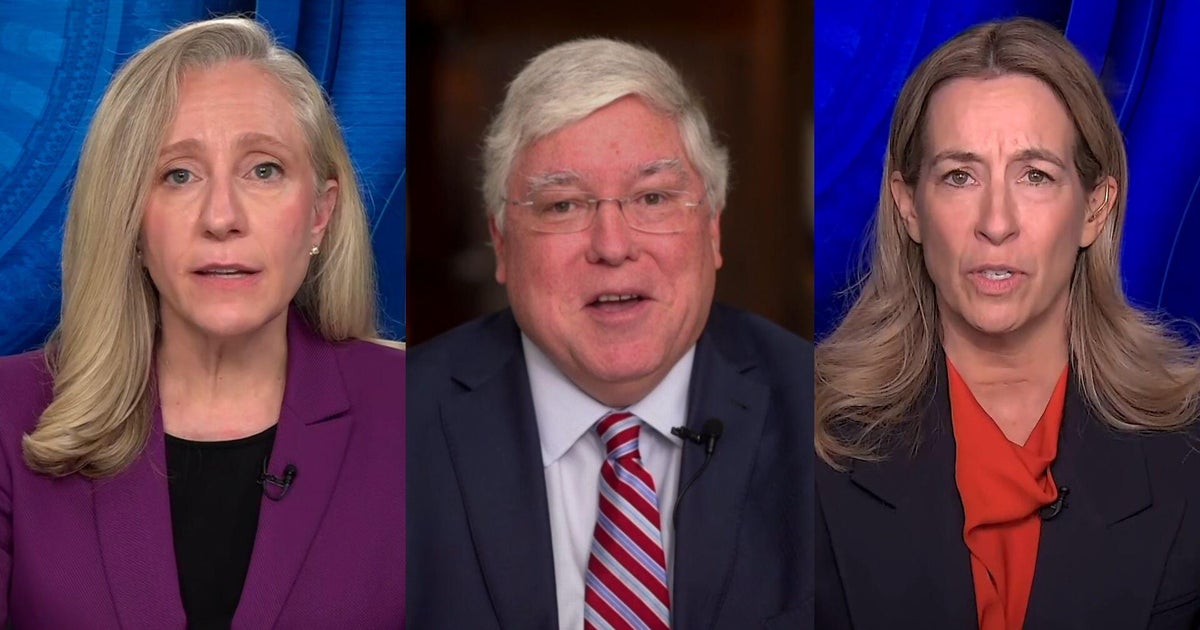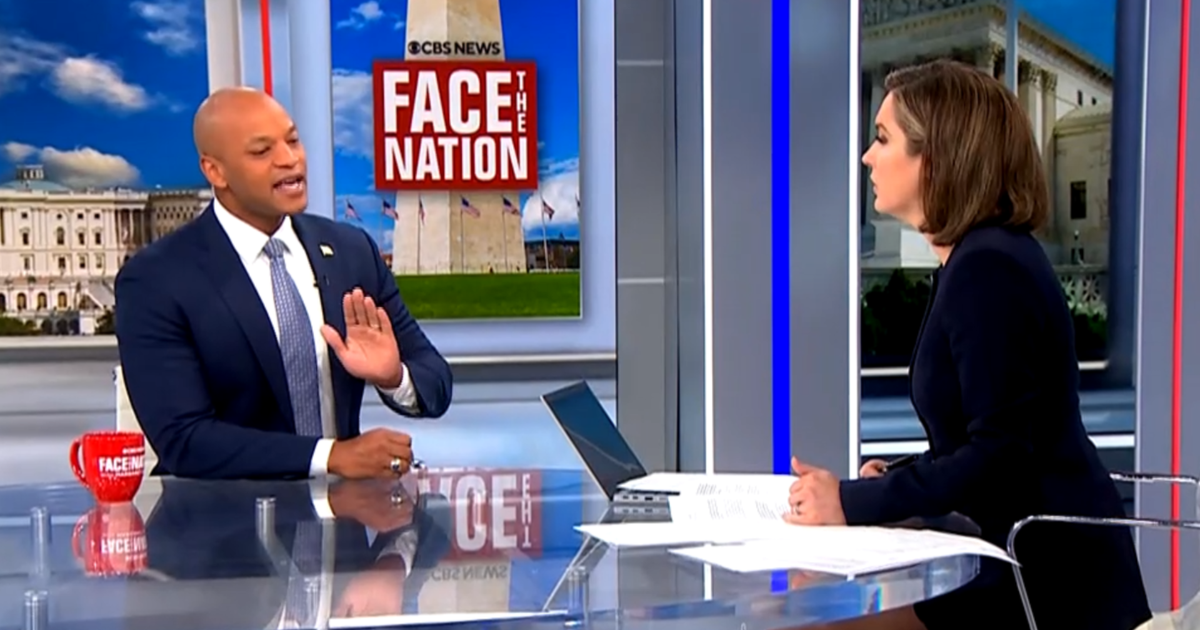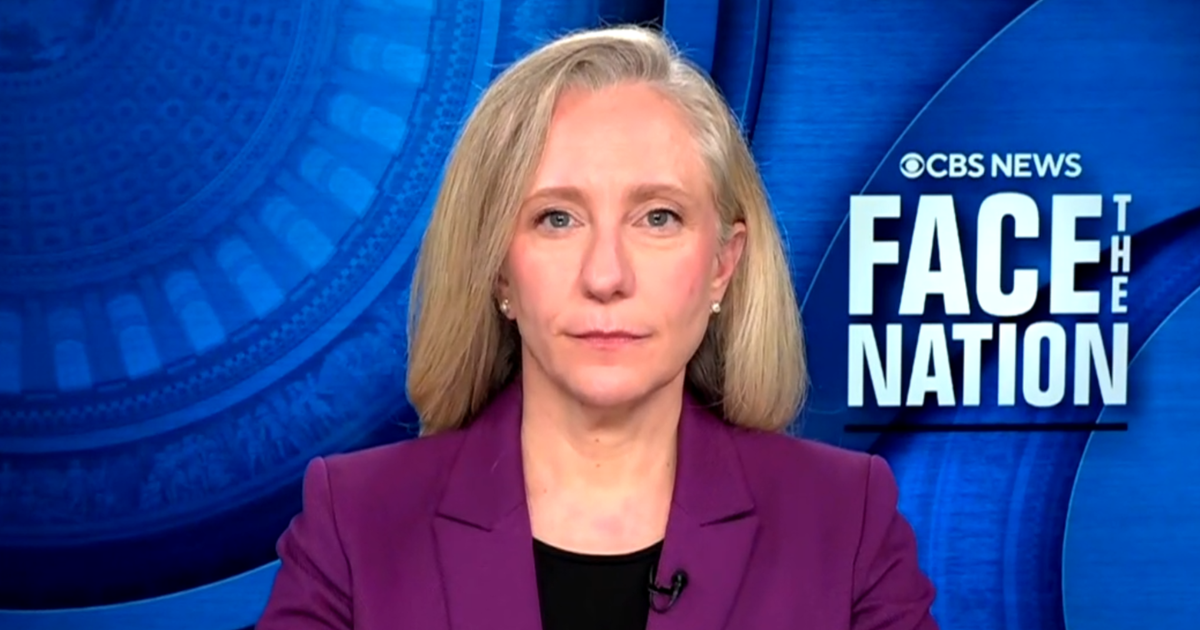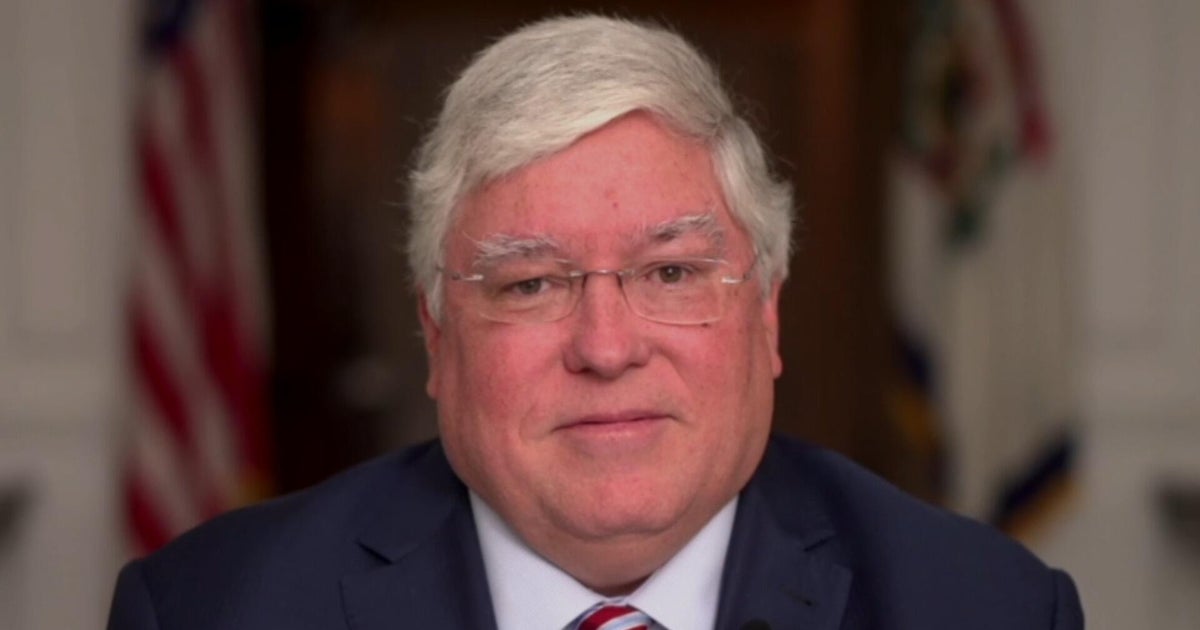Social media platforms preparing to comply with next month’s minimum age requirements may struggle to admit 16 and 17-year-olds, based on the current state of age assurance technology, if they make every effort to bar access to younger users.
The new regulations require designated platforms to take reasonable steps to deny access to users under the age of 16. A range of age assurance technologies is used in other regions and sectors, but the Australian laws present specific issues, according to Andy Lulham, chief operating officer of London-based safety tech firm VerifyMy, starting with the lower minimum age.

Digital methods designed to keep under-18s out won’t necessarily work to let 16-year-olds in.Credit: Alamy
“For 16 plus, we have fewer methods available. We can’t do a credit card check, for example. In some countries, we do a mobile phone check, but that’s specifically for 18 plus,” he said.
“When you look at facial age estimation or age inference methods, obviously, determining who’s the day before their 16th birthday and the day after is challenging.”
Many users may end up stuck, Lulham said, unable to satisfy automated video assurance and also without access to the photo IDs most adults will have.
“You will need to have some sort of professional vouching, or parental consent mechanic, as an endpoint for where a legitimate user is unable to use an estimation method and doesn’t have [photo ID]. There are plenty of people who don’t.”
Loading
VerifyMy works with companies including Google, eBay and PornHub to quickly assess if a user is eligible to purchase age-restricted goods or access adults-only content in their region. It confirmed it has been in talks with social media companies to integrate its technology in Australia, though some companies including Meta have also developed their own checks.
Lulham said that whether its technology was serving as a gate at the front of a website, or during account creation, the first and simplest method it used was via email. Users give their address and consent to the check. They get a link to prove they have access to the account and a background search validates whether the email has been used for activities that would require being an adult, for example, taking a loan or paying for utilities.
But while this works for most adults, it wouldn’t work for teens.
Where the email check isn’t conclusive, the next step might be an ID scan with facial match, but that works only if you have a government-issued ID with your face on it, potentially locking out those without a learner’s permit or a passport.
The next option would be facial age estimation, but if you needed to keep out everyone under 16, you’d have to set the threshold in the 20s, Lulham said.
“There’s a trade-off. The more 14 and 15-year-olds that you keep out, the more 16 and 17- year olds you might also accidentally keep out. The method they’d be expected to use for absolute certainty would be an identity document scan with a face match.”
Britain’s Online Safety Act and the EU’s Digital Services Act both operated effectively from a technology point of view from day one, Lulham said. The age assurance platforms validated millions of users at the expected level of accuracy and without becoming congested or overloaded. But both of those frameworks also use the age of 18 as the default threshold.
“I don’t have any concerns around scalability for the Australian use case,” he said. “The attention will be around those borderline ages. What happens when someone’s 15 and 364 days, and then the next day they’re of age? How quick and easy is it for them?”
Loading
Age assurance will become more seamless as more countries create new laws. One option is an interoperable framework where being verified for one platform means you don’t need to be re-verified for another. Users could have digital badges verifying their age attached to their government-issued digital ID, or to their personal device.
Meanwhile, there’s work to be done convincing the public that the technology can be safe and anonymous. VerifyMy has agreed to multiple international standards for age verification, which Lulham said focused on data minimisation and privacy, so the system verifies a person’s age (rather than their identity), informs the platform and deletes all the data. But despite this, individuals accessing sensitive content or posting anonymously may not be comfortable.
The rise of age verification could also allow scammers to craft fake checks that ask victims to upload personal data. “Age assurance is definitely not a silver bullet to online safety. There needs to be education and awareness around phishing and all sorts of other potential harms,” he said.
“And I would always encourage businesses, but also end users, to have a look at the age assurance provider. Look at their privacy policies. See if they’ve got the right certifications.”
Get news and reviews on technology, gadgets and gaming in our Technology newsletter every Friday. Sign up here.
Most Viewed in Technology
Loading




